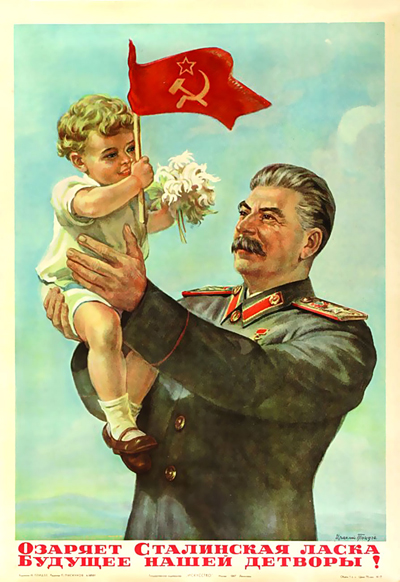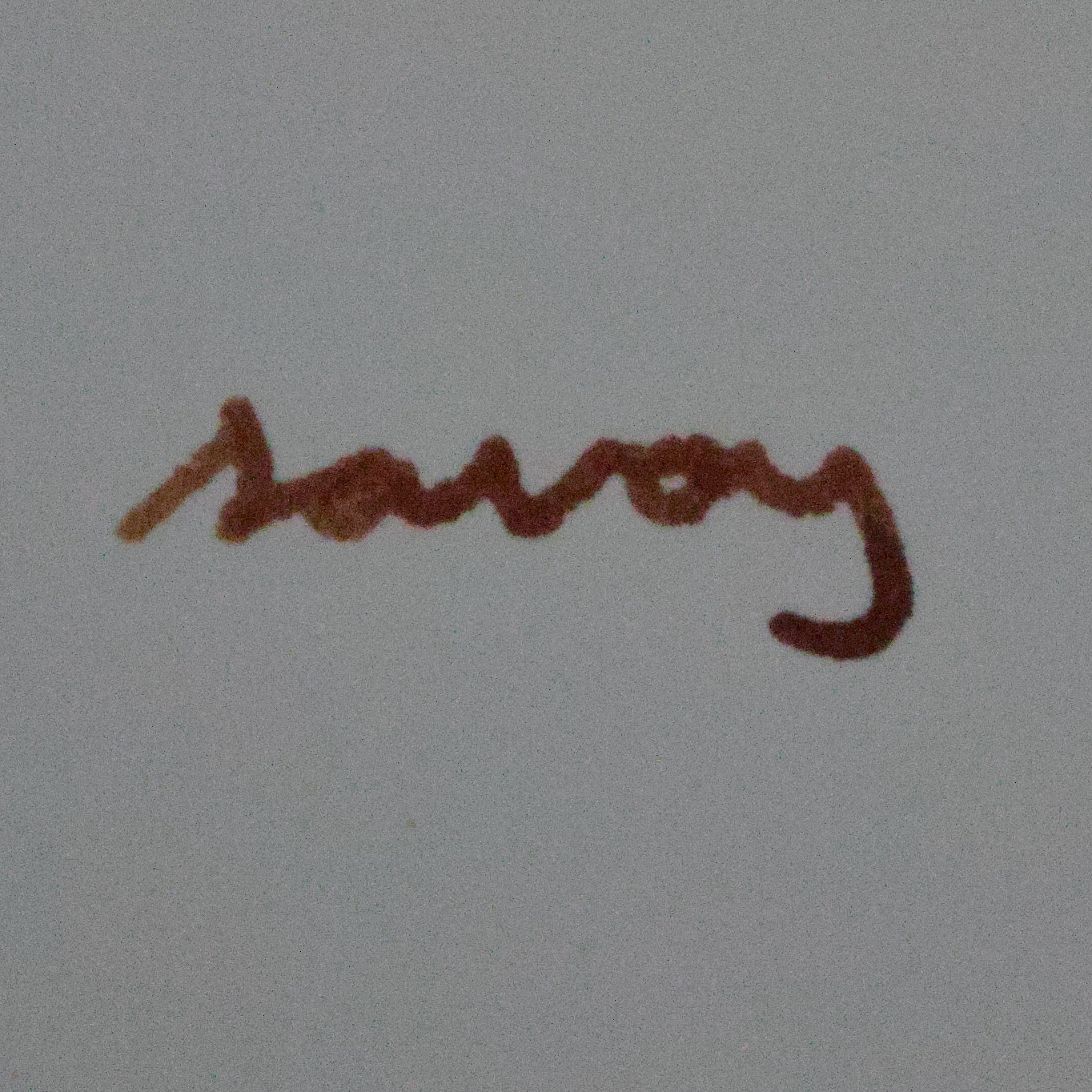I came across this while reading Mao’s On Practice today: he talks about how at the beginning of the capitalist period the proletariat was a “class of itself” but in the later period of organised resistance against capitalism it became a “class for itself”. This rang a vague bell for me, I think I’ve heard people talk about things of themselves while discussing Hegel before but what precisely does it mean? I have not really studied Hegel beyond the very very surface level so I feel there’s some context I am missing here.
It’s a way of stating how the proletariat were at first compared to the later period of resistance.
By “class of itself”, Mao means the proletariat was simply existing for lack of a better term. It was a class made up of individual workers, at this point just a category. Although the proletariat have revolutionary potential, it was dormant and they were simply there.
With “class for itself”, it implies the proletariat have organized around their shared class existence, promoting revolutionary optimism and strength as a whole class. Although every person is an individual, they’ve become class conscious and know that an organized class centered on their emancipation from capitalist exploitation is the way forward. They are not a class for the bourgeoisie to use, they’re one for themselves to lead.
This makes a lot of sense, thank you!
You pretty much got it. I’m fairly certain it means, when the proletariat is organized, is class-concious, has a vanguard party, and pushes for its interests at the political and economic level.
For example many countries have a working class, and especially early capitalism had an industrial proletariat, but if it isn’t concious of itself as a class with distinct interests from capitalists, then it can’t organize, and will stay exploited.



